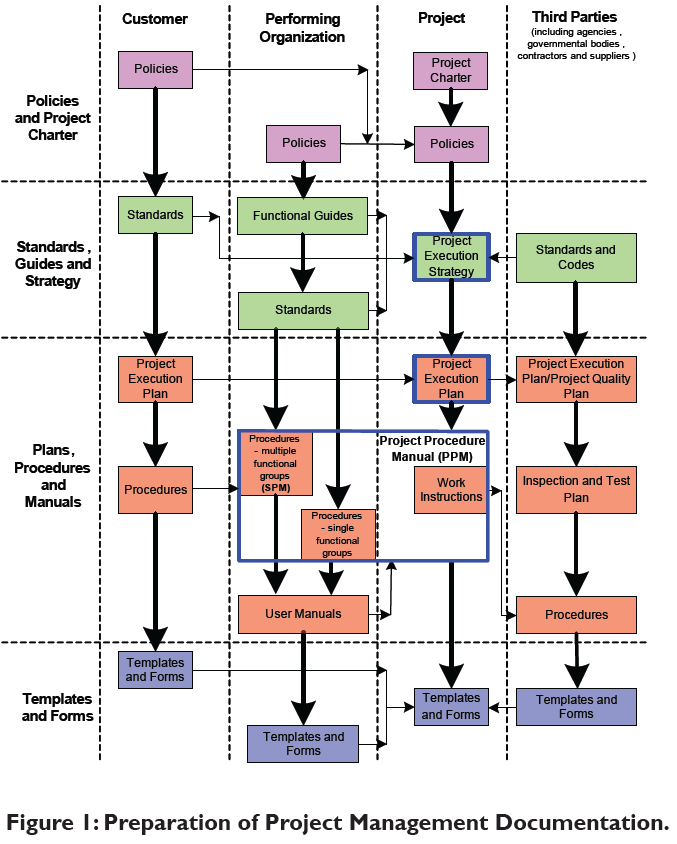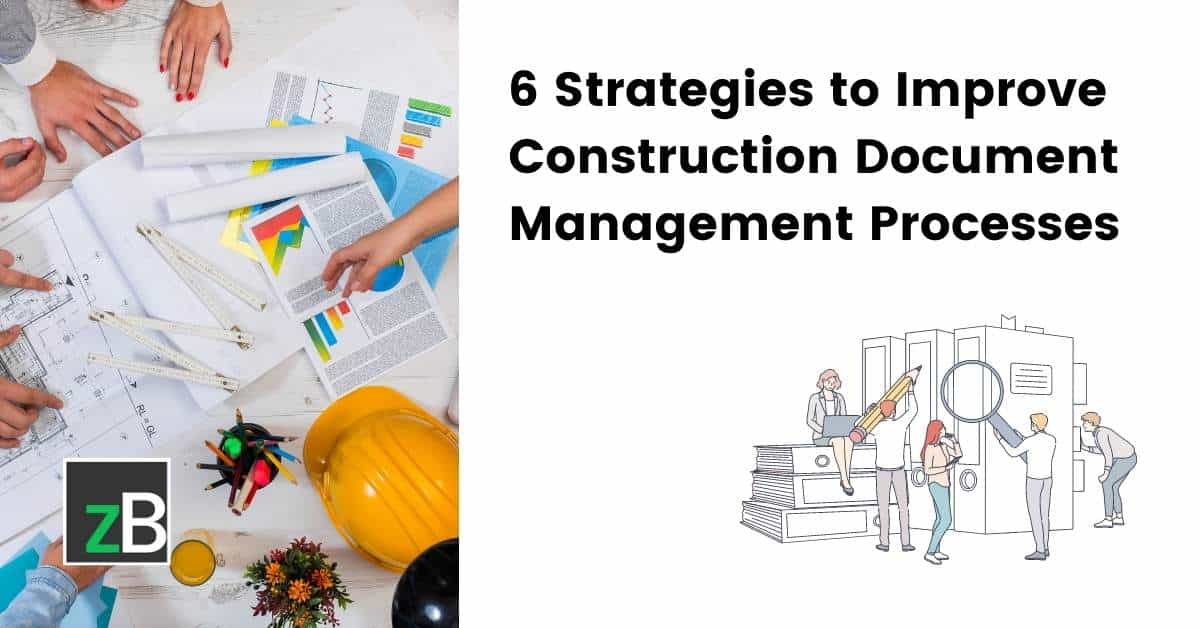Protect Your Success: Construction Document Management Techniques for Professionals
Protect Your Success: Construction Document Management Techniques for Professionals
Blog Article
Optimizing Task Cooperation: Architect's Ideal Practices in Building Record Administration
In the complex realm of architectural jobs, the reliable monitoring of construction records stands as a foundation for success. In the middle of this complexity exists a crucial concern: exactly how can architects improve partnership processes to improve task results?
Leveraging Cloud-Based Platforms
Leveraging cloud-based platforms is an essential method for modern-day engineers in enhancing construction document administration processes. By transitioning from traditional paper-based systems to shadow remedies, architects can streamline collaboration, improve record access, and boost general job efficiency. Cloud-based platforms provide designers the capacity to shop, share, and update building files in real-time, making certain that all team members have access to the most current information despite their area. This access advertises seamless communication and sychronisation amongst project stakeholders, causing less errors and delays in the building and construction process.
In addition, cloud-based systems provide a safe and secure setting for storing delicate task information, using encryption, routine backups, and customer permission settings to protect data stability. Designers can additionally gain from the scalability of cloud solutions, allowing them to change storage space capability and capability based on project needs. In general, leveraging cloud-based systems encourages designers to enhance their building and construction record management processes, driving higher partnership, effectiveness, and success in their projects.
Implementing Variation Control Equipment
Having developed the benefits of cloud-based platforms in building file monitoring, designers can now improve their file control processes by implementing Variation Control Equipment. Version Control Solution (VCS) are crucial devices that track changes in documents, guaranteeing that team members are constantly dealing with the newest and most precise details. By executing VCS, architects can keep a centralized database where all job papers are saved, making it possible for smooth collaboration while decreasing the threat of errors and variation disputes.
This attribute is especially beneficial in building jobs where layout models and modifications are common. This transparency not only improves accountability but also helps in resolving disagreements or disparities that may develop during the job lifecycle.
Developing Communication Procedures
To ensure efficient and efficient project control, architects need to establish clear and robust communication procedures within their building and construction record management procedures. Communication procedures define the methods, regularity, and networks with which employee exchange information, updates, and responses. One essential aspect of establishing these protocols is determining a centralized communication system where all project-related conversations and record sharing can take place. This platform might be a task administration software program, email threads, or cloud-based storage services. By establishing standards on exactly how details is distributed and exactly how staff member interact with each other, architects can streamline the flow of information and avoid miscommunications or delays in the construction procedure.
Furthermore, interaction protocols should also include standards on just how to deal with disputes, adjustment my site orders, and immediate problems that may arise throughout the task lifecycle. Developing an organized technique to communication guarantees that all stakeholders get on the same web page, advertises transparency, and ultimately adds to the successful conclusion of the construction task.
Using BIM Software Application for Control
BIM software program plays a critical function in boosting sychronisation among job employee in the construction industry. Structure Info Modeling (BIM) promotes cooperation by giving a centralized platform where designers, engineers, contractors, and other stakeholders can work together in a coordinated manner. Through BIM software, job individuals can access and update a common design which contains in-depth information concerning the structure design, building and construction elements, and project timetables.

In addition, BIM software makes it possible for real-time cooperation and communication amongst staff member, no matter of their physical area. Through cloud-based BIM platforms, job stakeholders can access the most recent job details, track modifications, and make notified choices promptly. On the whole, leveraging BIM software for sychronisation boosts job efficiency, efficiency, and eventually causes effective job end results.
Ensuring Data Security and Compliance
In the realm of building document administration, guarding information honesty and ensuring regulative conformity are extremely important factors to consider for architects go to the website and various other job stakeholders. Designers need to implement durable safety and security measures to protect sensitive project details from unapproved access or breaches. Utilizing safe cloud storage space remedies with file encryption methods and accessibility controls can assist mitigate risks connected with information theft or loss. Consistently updating software and systems, carrying out security audits, and offering staff training on data protection best methods are important steps in preserving a secure atmosphere for building document administration.

Verdict
To conclude, architects can Visit Website enhance task partnership in construction file management by leveraging cloud-based platforms, carrying out variation control systems, developing communication procedures, using BIM software for coordination, and ensuring information security and conformity. These best methods assist improve the construction procedure, improve interaction amongst project stakeholders, and boost performance in task distribution. By complying with these guidelines, architects can successfully manage construction records and facilitate successful task results.
Via BIM software application, task participants can access and upgrade a shared design that contains in-depth details regarding the structure style, construction parts, and task schedules.
With cloud-based BIM platforms, task stakeholders can access the newest job details, track adjustments, and make informed decisions immediately - construction document management. Overall, leveraging BIM software program for control enhances task performance, performance, and ultimately leads to effective task outcomes
In conclusion, engineers can optimize project collaboration in construction file administration by leveraging cloud-based systems, implementing variation control systems, developing communication protocols, making use of BIM software program for sychronisation, and making sure data protection and conformity. These best practices aid enhance the building and construction procedure, boost interaction among project stakeholders, and enhance performance in job distribution.
Report this page